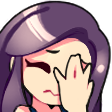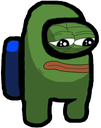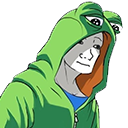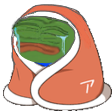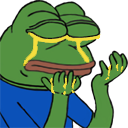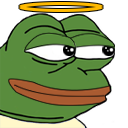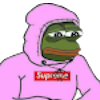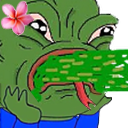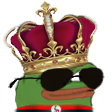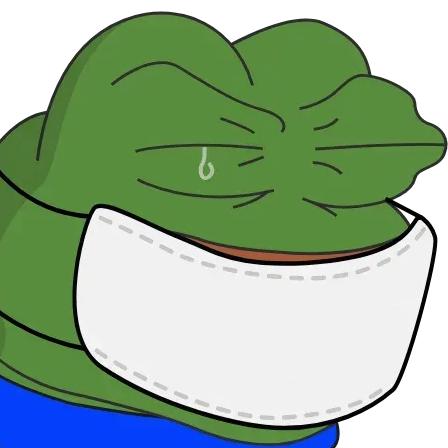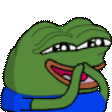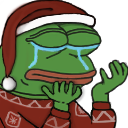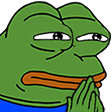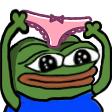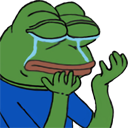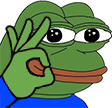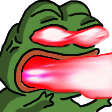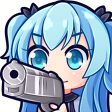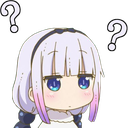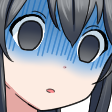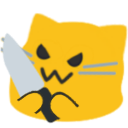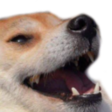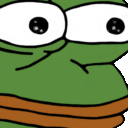- Home
- Life of Being a Crown Prince in France
- Chapter 814 - Chapter 814: Chapter 722: Blood Battle in Cremea
Chapter 814: Chapter 722: Blood Battle in Cremea
The Russian soldiers almost unanimously believed they had traveled thousands of miles to Crimea for an easy victory. So, when the Poles suddenly slammed into their faces, they were dumbfounded.
“Aim–”
The Polish formation appeared somewhat chaotic under high-speed movement, yet the soldiers raised their guns in perfect unison, exuding an unyielding and murderous aura.
The Russians were visibly slower to react–whether it was the overwhelming aura of the Poles or the exhaustion from their long journey, their response was delayed.
“Fire–”
The Polish officer, his bloodshot eyes wide open, shouted his order loudly.
“For the Motherland!” Nearly 5,000 Polish infantrymen roared like thunder in unison, as they pulled the triggers, releasing their hatred and fury at the Russians opposite them through flintlock guns.
A dense hail of bullets swept over the Russian position like a torrential rainstorm, eliciting bursts of flesh and sprays of blood as shrieks of agony filled the air.
“Reload–” Polish officers issued their orders again.
Over on the Russian side, it took roughly ten seconds for them to recover from their panic and start raising their guns to retaliate.
Despite their significant numerical advantage–Kahovsky’s central army contained more than 8,000 men–the volley fire was sparse. Yet it still caused over a hundred Polish soldiers to collapse into pools of blood.
The Poles seemed completely unaffected by the sight of their comrades falling; even when their faces were splattered with blood, they did not wipe it away but wordlessly carried out their reloading motions.
There was no trace of sorrow in them, for they had already prepared themselves to join their fallen comrades in death.
“Advance seven steps!”
“Aim–”
When the Poles once again raised their flintlock guns in perfect unison, a surge of fear involuntarily welled up in the hearts of the Russian soldiers.
In the sunlight, the expressions of those Poles became visible–cold and resolute, with a death-defying determination.
“Fire–”
“For the Motherland!” Accompanied by the shouts echoing across the battlefield, sparks erupted, smoke billowed, and thousands of lead bullets tore into the Russian ranks instantly.
Dozens of Russian soldiers fell, screaming in agony. Unable to bear the immense pressure from the Poles, some soldiers began retreating.
Yes, just two volleys had caused the Russian central army to falter!
At this moment, more than 400 Polish Winged Cavalry, clad in red uniforms with striking feathered wings on their backs, appeared at the eastern side of the battlefield. Trailing them were 300 regular Cavalry Scouts, who brandished their horse sabers with an imposing presence comparable to the Winged Cavalry.
East Brovsky personally led the charge at the forefront, raising his horse saber and shouting toward the Russian left flank:
“Hold formation! Charge!”
The cavalry immediately echoed his excitement, yelling,
“Charge!”
“Let the Russians taste our fury!”
“Tremble! The Crusaders are here!”
Seizing the moment when the Russian left flank had yet to complete encirclement, East Brovsky plunged into the gap on the inside of the enemy formation.
This maneuver was incredibly risky–the encircling Russian infantry could easily cut off their retreat. But if this penetration succeeded through the central Russian line, it had the potential to directly shatter Kahovsky’s army.
Kahovsky, a renowned Russian veteran commander, broke into a cold sweat upon observing this fearless Polish cavalry through his telescope.
He immediately ordered two Cossack Cavalry Battalions stationed behind the infantry to intercept the Polish cavalry, and feeling uncertain still, he pulled an infantry regiment from the reserves to plug potential gaps in the central formation.
Ten minutes later, nearly 2,000 Cossack Cavalry rounded the left flank of the central Russian army. After hastily regrouping their formation, they charged headfirst at the Polish cavalry.
East Brovsky instantly heard the thunderous hoofbeats from a mile away.
Without the slightest trace of fear, he signaled for his troops to slow down, reforming into an arrowhead formation. Raising his horse saber forward into the swirling dust, he bellowed,
“The Motherland is watching us! Crush them with me!”
Hundreds of cavalrymen erupted in thunderous shouts:
“For the Motherland!”
“Tear them apart!”
“Charge!”
The red arrow formed by the Winged Cavalry began accelerating. These elite Polish knights leaned forward, gripping their cavalry lances tightly against their sides, pointed directly ahead.
The Cossack cavalry initially relied on their numerical superiority to overwhelm the Poles, but they now realized they were facing a red lightning bolt barreling straight at them.
The leading hundred or so Cossack riders instinctively slowed their pace. Their officer refrained from scolding them and, after a brief moment of hesitation, pulled his reins and shouted,
“These maniacs! Quickly, turn left! Pass through their right side!”
Indeed, the cinematic depiction of two cavalry units colliding head-on is nearly impossible in reality.
If cavalry collide directly, it would immediately result in chaos, with the rear ranks trampling the front in a horrifying “pile-up,” as they cannot halt their charge.
The inevitable outcome is both sides getting crushed by their own men.
Thus, in direct cavalry engagements, both forces will usually pass through each other, seizing the moment to slash at the other side.
Typically, the side with weaker resolve will turn first, inadvertently exposing their flanks and abdomens to the enemy.
This time, however, the Polish cavalry showed no intention of turning, accelerating straight toward the Cossacks.
When they were just sixty or seventy paces apart, East Brovsky finally shifted slightly, charging past the right side of the Cossack cavalry.
As Poland’s most elite force, the Winged Cavalry rarely missed their mark with their touches of the lance–while mastering the cavalry lance is far more demanding than the horse saber, its length grants a significant advantage in cavalry skirmishes.
During the brief moments of crossing each other, over a hundred Cossack cavalrymen screamed as they were knocked off their horses.
Only the left-side Winged Cavalry couldn’t reach their foes; otherwise, this number would’ve at least doubled.
Even the trailing Polish Cavalry Scouts capitalized on the advantage created by the Cossack’s premature change of direction, reaping another dozen lives.
As the two forces briefly crossed paths, East Brovsky ordered his troops to regroup. Turning to glance southeast at the Cossacks, he smirked disdainfully and pointed toward the Russian infantry’s central line, shouting,
“Follow me to punch through them!”
The Cossack commander initially thought the Polish cavalry would turn back to pursue them. After retreating nearly two kilometers, he was stunned to find that the Polish cavalry had charged straight toward his infantry. Panic-stricken, he hastily ordered his troops to turn around to rescue the central infantry line.
But as the disorganized Cossacks completed their turn and attempted to pick up speed, they were horrified to see the red cavalry formation tracing a graceful arc, galloping toward them from the left-front flank.
The Cossack commander screamed in frenzied panic:
“Form ranks! Don’t panic, narrow vertical formation…”
However, while the Cossacks were fierce and brave, their military discipline left much to be desired.
Faced with an unexpected shift, some riders rushed toward the central infantry, others attempted to regroup, while many stood frozen in confusion.
Within mere minutes, the red lightning bolt struck again.
If you find any errors ( broken links, non-standard content, etc.. ), Please let us know via our discord so we can fix it as soon as possible.





